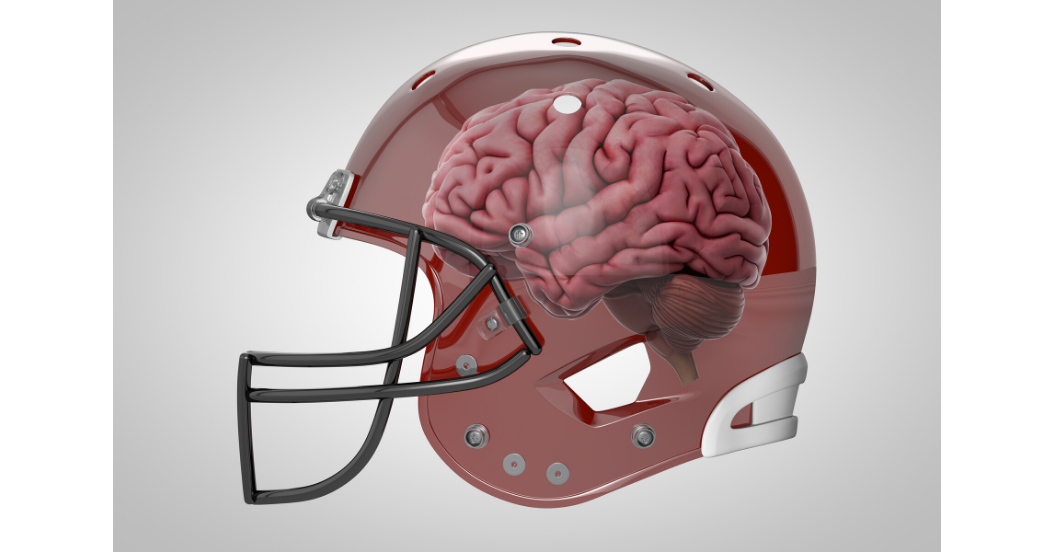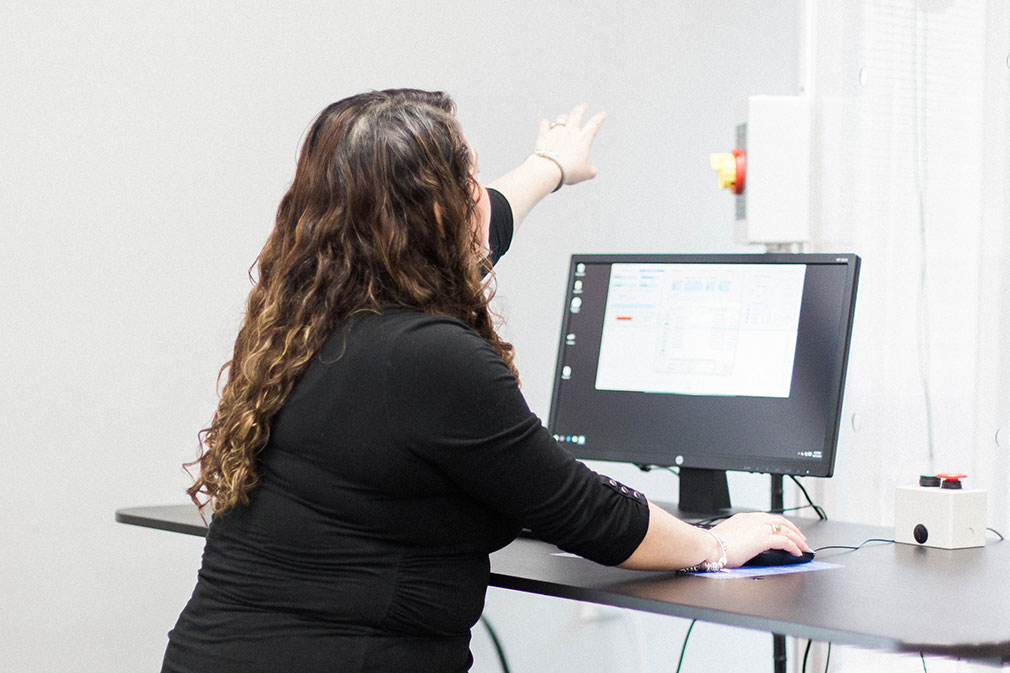
Heading The Ball
Soccer is the most popular sport in the world, with more than 265 million players worldwide. Soccer is unique in comparison to other sports, as it is the only sport in which participants purposely use their head to hit the ball. Soccer players may hit the ball with their head on average 6-12 times a game, and may practice heading the ball hundreds of times outside of the games. Although the most focus is on head injuries with high velocities and impacts, the role of repetitive subconcussive hits to the head continues to be questioned. Some researchers have suggested that using your head to hit the ball in soccer is associated with abnormal brain structure, abnormal brain activity, and abnormal brain function such as cognitive impairments. While these reports are preliminary and not 100% confirmed to be true, it is enough to be concerned about the role soccer may have on the brains of our children.
The Actual Cause of Concussion in Soccer…Unknown
As of today, it is not conclusive that the normal activity of heading the ball in soccer is damaging to the brain or causes any negative effects. What is known is that concussion rates in soccer are as high as any sport including football and ice hockey. Almost ⅓ of concussions in soccer occur during the activity of heading the ball. However it is not the ball that usually gives the player a concussion, it is a collision with other team members that commonly cause the concussion during the act of trying to head the ball. Many research articles have correlated playing soccer and suffering a concussion with resulting abnormal brain size, abnormal brain connections, abnormal brain chemistry, and abnormal cognitive function. However other studies have not come to this same conclusion. Even if there are abnormal brain findings in a percentage of soccer players, it cannot be determined that the abnormality is from heading the soccer ball and not due to a different cause.
So where does that leave us?
Like many sports facing the issue of concussions, there still seems to be limited information to make definitive statements. It would be in the best interest of the players if more functional brain testing was performed before, during, and after the season to ensure proper safety. Concussion protocols should continue to incorporate more functional tests which can be used to measure a player’s status or ability to play. Continued emphasis on concussion rehabilitation should occur as it has been shown the “wait in a dark room” approach has its time and place but is limited on long term recovery. Continued public education on the available testing and treatment of concussion should take priority.
The Value of Sports
Playing sports teaches us valuable lessons in life, such as teamwork, work ethic, and sportsmanship. Many sports are contact sports and put the players, including our children, at risk of possible permanent injuries. While there are proven benefits to these sports, a continued focus on the possible risks is important to better understand the total impact these activities have on our society. A continued effort to modify the rules of all sports in a way to make the games safer for the participants is encouraged. Hopefully, in the future there will be better prevention, testing, and treatment of head injuries. However, for now, it is important to be educated and up to date on the current recommendations and treatment of concussions as this knowledge may help save your life or the life of a loved one.
Rodrigues et al. Effects of soccer heading on brain structure and function. Frontiers Neurology. 2016.




